Curing meat is a preservation technique that not only extends its shelf life but also significantly enriches its flavor and texture. Although curing methods have evolved over the centuries, the basic principles have remained unchanged and are used by both professional chefs and amateurs in home kitchens. In this article, we will introduce you to different meat curing methods - dry, wet, and vacuum, and share practical tips and recipes. You will learn, among others: how much curing salt should be used per kilogram of meat, how to prepare the perfect brine, and how to avoid typical mistakes to enjoy perfectly prepared cured meat.
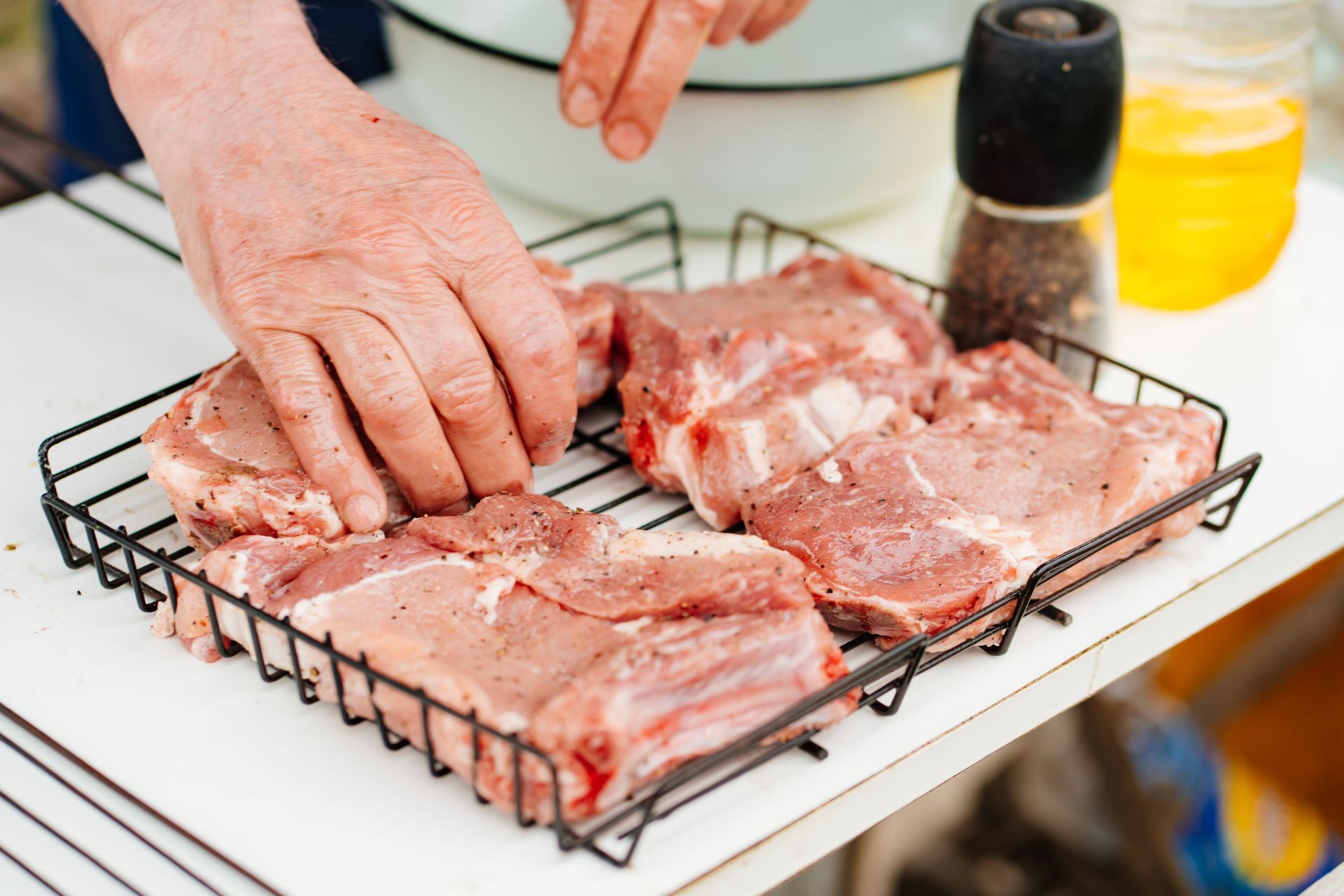
Curing meat is a preservation technique that not only extends its shelf life but also significantly enriches its flavor and texture. Although curing methods have evolved over the centuries, the basic principles have remained unchanged and are used by both professional chefs and amateurs in home kitchens. In this article, we will introduce you to different meat curing methods – dry, wet, and vacuum, and share practical tips and recipes. You will learn, among others: how much curing salt should be used per kilogram of meat, how to prepare the perfect brine, and how to avoid typical mistakes to enjoy perfectly prepared cured meat.
What is meat curing?
Meat curing is a preservation process that uses salt, and often also sugar, spices, and other ingredients, to extend the shelf life of meat and improve its flavor, texture, and color. This technique was originally intended to protect meat from spoilage at a time when modern food preservation methods, such as freezing, were not available.
There are two main types of curing: dry and wet. Dry curing involves rubbing salt and other ingredients directly into the surface of the meat, which leads to slow absorption of the salt and dehydration of the meat. Wet curing, on the other hand, is performed by immersing the meat in brine, i.e. a water solution containing salt and other additives, which enables the even penetration of preservatives into the meat tissue.
There is also vacuum curing, which involves placing meat and brine in a hermetically sealed vacuum package, which speeds up the curing process and allows the ingredients to penetrate deeper into the meat’s structure.
Curing, regardless of the method chosen, not only keeps the meat in good condition for longer but also enriches its taste and texture. Thanks to these advantages, curing is very popular among chefs and gourmets around the world.
Meat curing methods
As we mentioned earlier, meat curing can be divided into three basic methods, each of which has its own unique features and is used depending on the end result we want to achieve. Here is an overview of the most popular curing techniques:
Dry meat curing
Dry curing is a method in which salt and other spices are applied directly to the surface of the meat. This mixture is rubbed into the meat, which is then left to “mature” for a specific period of time, allowing the ingredients to penetrate deeply and dehydrate the meat. This is a traditional method particularly appreciated for its simplicity and effectiveness, ideal for products such as bacon or various types of dried meats.
How to dry cure meat?
Selecting meat and spices: Start by selecting the meat, salt, and spice mix you want to use.
Preparation of the mixture: Mix salt with selected spices.
Rub the meat: Evenly rub the meat with the prepared mixture, making sure the entire surface is covered.
Resting: Place the meat in a cool place for a few days (the time depends on the type and size of the meat) so that the salt and spices can penetrate deep into the tissues.
Cleaning: After curing, remove excess salt from the surface of the meat.
Further preparation: The meat is ready for further processing, e.g. smoking or cooking.
Wet meat curing
Wet curing, also known as marinating, involves immersing meat in a brine solution, a mixture of water, salt, sugar, and often other ingredients such as herbs and spices. This method is especially popular for larger pieces of meat that require even and deep saturation. The brine not only preserves but also softens, which makes the meat juicy and aromatic after cooking or baking.
How to wet cure meat?
Preparing the brine: In a large bowl or pot, mix water with salt, sugar, and additional ingredients such as herbs and spices.
Immersing the meat: Place the meat in the brine, making sure it is completely submerged.
Marinating: Leave the meat in brine in a cool place. Marinating time can range from several hours to several days, depending on the size and type of meat.
Rinsing: Once the curing is complete, remove the meat from the brine and rinse gently under running water to remove excess salt.
Drying: Dry the meat and prepare it for further processing, such as cooking or baking.
Vacuum meat curing
Vacuum technology is a modern approach to curing, which involves placing meat and brine in a special, hermetically sealed vacuum bag. This process allows for very quick and effective absorption of brine by the meat, thanks to which it is evenly and deeply saturated with preservative ingredients. Vacuum curing is perfect for people looking for quick and effective methods of preparing meat.
How to vacuum-cure meat?
Preparation of the brine: Prepare the brine in the same way as in wet curing.
Vacuum packaging: Place the meat and brine in a special vacuum packaging bag.
Seal the bag: Seal the bag using a vacuum packaging machine. Make sure all air is removed.
Curing process: Store the bags in a cool place. The time required for curing is usually shorter than other methods due to the efficient absorption of brine by the meat.
Rinsing: After curing, open the bag, remove the meat, and rinse lightly under running water.
Drying and further processing: Dry the meat and prepare it for further processing, such as roasting or grilling.
Combining different curing methods
Sometimes a combination of different curing methods is used to make the most of each. For example, meat may be dry-cured first and then brined, allowing for a more complex flavor profile and improved texture in the final product.
Each of these methods has its own specific applications and can be adapted to different types of meat and culinary preferences. The choice of the appropriate meat curing method depends on the goal we want to achieve, and on personal taste preferences.
How to cure meat for smoking?
Curing meat before smoking is a key preparation stage that not only protects the meat against spoilage, but also significantly enriches its taste, color, and texture. The curing process is crucial to achieving a deep, smoked aroma and the perfect consistency of the meat. Here’s how to properly prepare meat for smoking:
Choosing the right meat
Meat selection: The best smoking results are achieved by using high-quality meat, such as pork, beef, poultry, or fish. Choose fresh meat that is well-muscled and has the right amount of fat, which will contribute to better flavor and texture.
Preparation of brine for curing meat
Brine ingredients: The brine consists of water, curing salt (containing potassium nitrate, which has a preservative effect and stabilizes the color of the meat), sugar, and optionally other additives such as herbs, spices, or garlic, which will enrich the taste of the meat. Usually, 1 liter of water is used as a base, to which you should add about 40 grams of salt and 20 grams of sugar. The amount of herbs and spices can be adjusted to the individual preferences.
Mixing the brine: Dissolve all ingredients in water, boiling them to create a uniform solution. Put aside to cool before using.
The curing process
Immersing the meat in the brine: Once the brine is ready and cold, submerge the meat until it is completely covered in liquid. Use a weight to keep the meat below the surface of the liquid.
Curing time: Curing time depends on the type and size of the meat. This can take from several hours for smaller pieces of fish to several days for large pieces of pork or beef.
Storage during curing: Store the meat in brine in a cool place, such as a refrigerator, throughout the curing process.
How to prepare cured meat for smoking?
Removal and cleaning: After curing, remove the meat from the brine and rinse gently under cold water to remove excess salt.
Drying: Air dry the meat or use paper towels to remove excess moisture. Leaving the meat for a few hours in a dry, cool place will allow it to form a sticky coating, which is necessary for proper adhesion of smoke.
Smoking: Now the meat is ready to be smoked according to the selected method and taste preferences.
Careful preparation and patience during this process will ensure the best meat smoking results.
Wet meat curing chart for 1 kg of meat
The meat curing chart is a useful tool that will help you determine the optimal time and amount of salt needed to cure different types of meat.
| Type of meat | Part of the meat | Amount of curing salt | Curing time | Additional ingredients |
| Pork | Ham | 30 g | 3-4 days | 15 g of sugar, 2 bay leaves, a handful of peppercorns |
| Beef | Brisket | 35 g | 5-7 days | 10 g of sugar, 3 cloves of garlic, half a teaspoon of coriander seeds |
| Poultry | e.g. whole chicken | 25 g | 2-3 days | 20 g of sugar, a few sprigs of fresh thyme |
| Fish | e.g. salmon fillet | 30 g | 1-2 days | 20 g of sugar, lemon peel, dill |
| Lamb | Leg | 25 g | 3-4 days | 10 g of sugar, a sprig of rosemary, 2 cloves of garlic |
| Wild game meat | Roast | 30 g | 5-7 days | 15 g of sugar, a mixture of forest herbs, a few juniper seeds |
* Amount of pickling salt: The given values can be adjusted depending on your taste preferences.
* Curing time: The time is approximate and depends on many factors, including the thickness and type of meat. Meat should be checked and turned regularly in the brine to ensure even curing.
* Additional ingredients: Herbs, spices, and other additives are optional, but can significantly affect the final taste of the meat. They can be customized according to your preferences.
How to cure meat? – Questions & answers
Can you use regular table salt for curing meat?
It is not recommended to use regular table salt instead of curing salt because the latter contains nitrates and nitrites that help preserve meat, maintain its color, and prevent the growth of bacteria. Using regular salt will not provide the same benefits.
Which curing method is the best?
The choice of curing method depends on personal preferences and the type of meat. Dry curing usually produces better results with tough, fatty cuts of meat, such as bacon and some cuts of beef, because it concentrates flavors and reduces moisture. Wet curing is better for larger cuts of meat that can benefit from the extra juiciness and flavor of the brine.
What spices should I add to the brine?
The choice of spices depends on the type of meat and the desired flavor profile. Popular spices include pepper, bay leaf, cloves, garlic, rosemary, thyme, and marjoram. You can also experiment with more exotic ingredients, such as chili, coriander, or fresh herbs.
Can you cure meat longer than the recommended time?
Curing meat for longer than recommended times can lead to excessive saltiness and an undesirable meat texture. Curing too long can also cause the meat to become too soft and fall apart. It is always best to follow the recommended curing time.
Can any meat be cured?
Most types of meat are suitable for curing, including beef, pork, poultry, fish, and even game meat. However, different types of meat may require different curing methods and times depending on their texture and fat content. For example, delicate meats such as fish are cured for a much shorter time than dense and fatty cuts of beef. It is important to adapt the curing process to the specific type of meat to achieve optimal results.
What are the most common mistakes made when curing meat?
Improper ingredient ratios: Using too much or too little curing salt can negatively impact the flavor, texture, and safety of the meat. Too much salt can make the meat too salty, and too little salt will not preserve it properly.
Curing time is too short or too long: Failure to comply with the recommended curing time may result in insufficient or excessive saturation of the meat with salt and spices. The meat may either be too weak in flavor or too salty.
Uneven curing: Improper preparation of the meat and brine, or insufficient mixing and turning of the meat in the brine, can lead to uneven curing.
Improper storage conditions: Curing should be done in a cool environment, usually a refrigerator. Curing meat in too-warm conditions may promote the growth of undesirable bacteria.
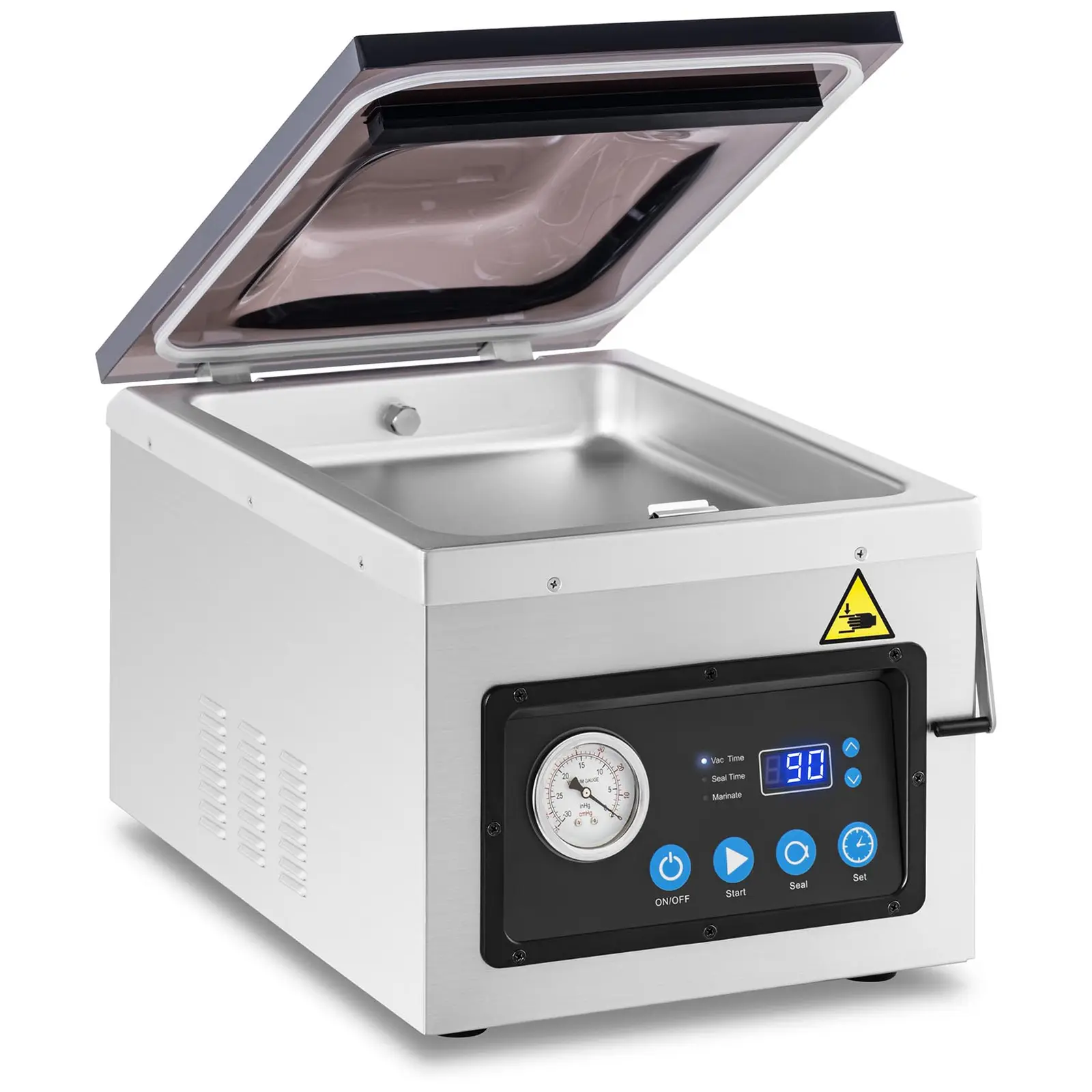
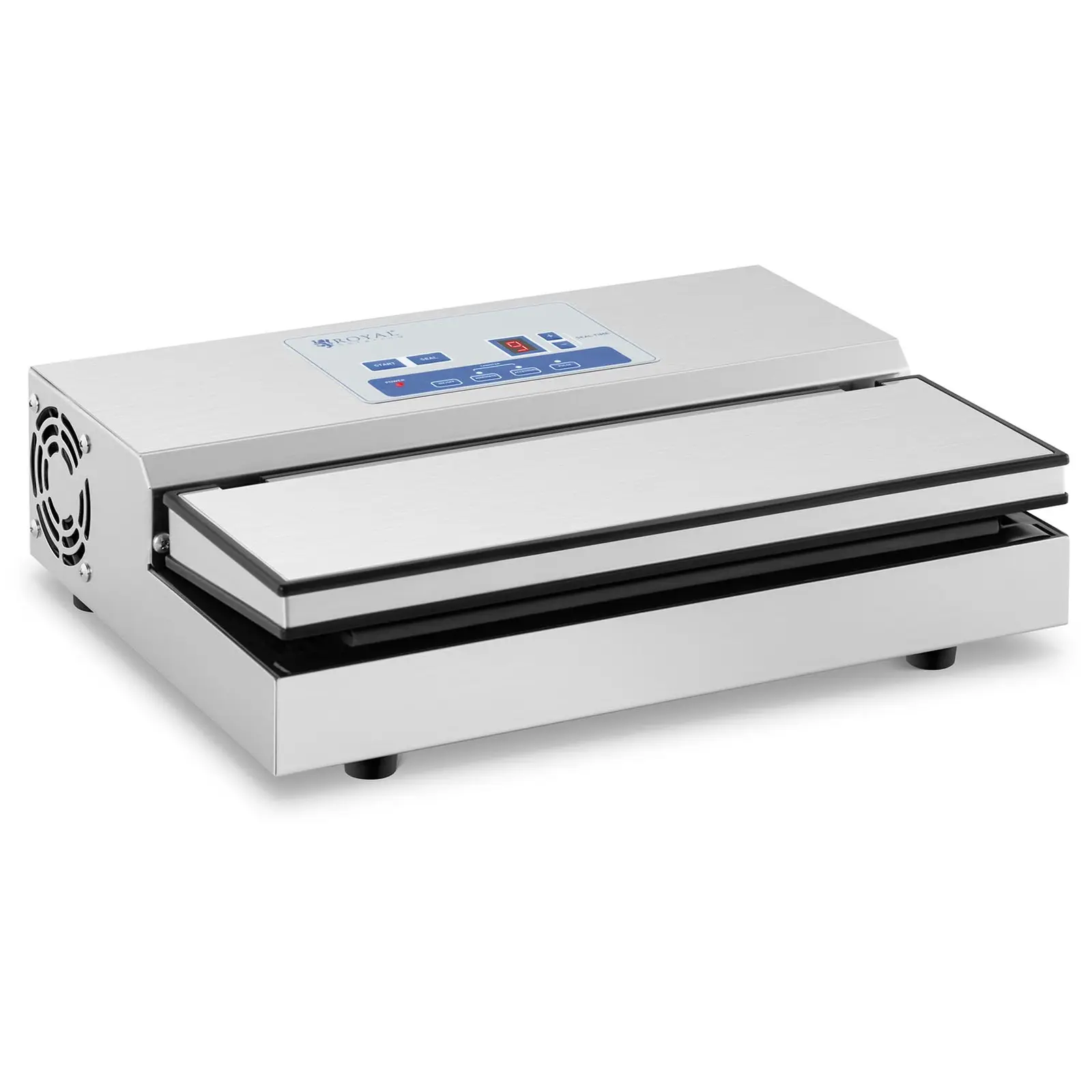
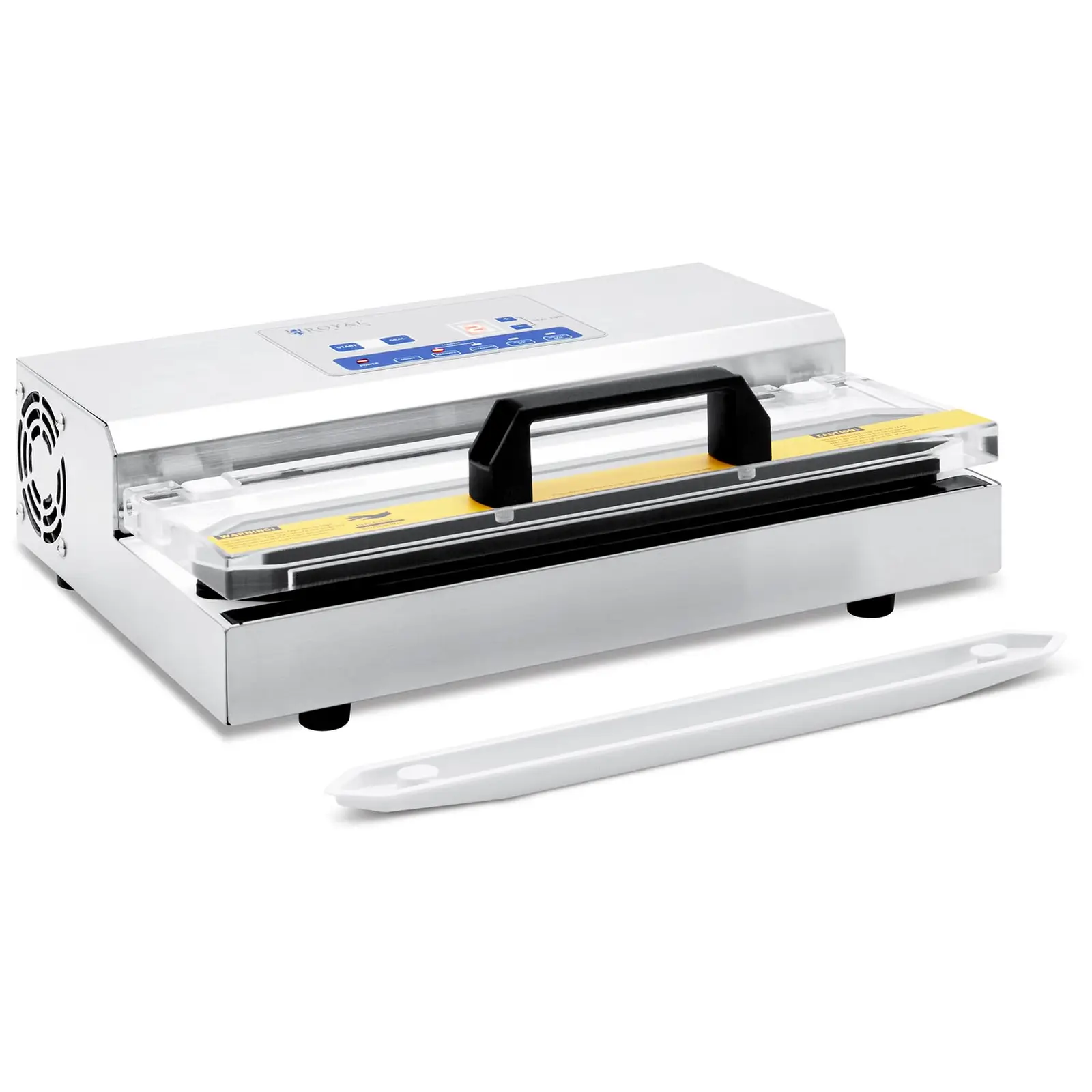

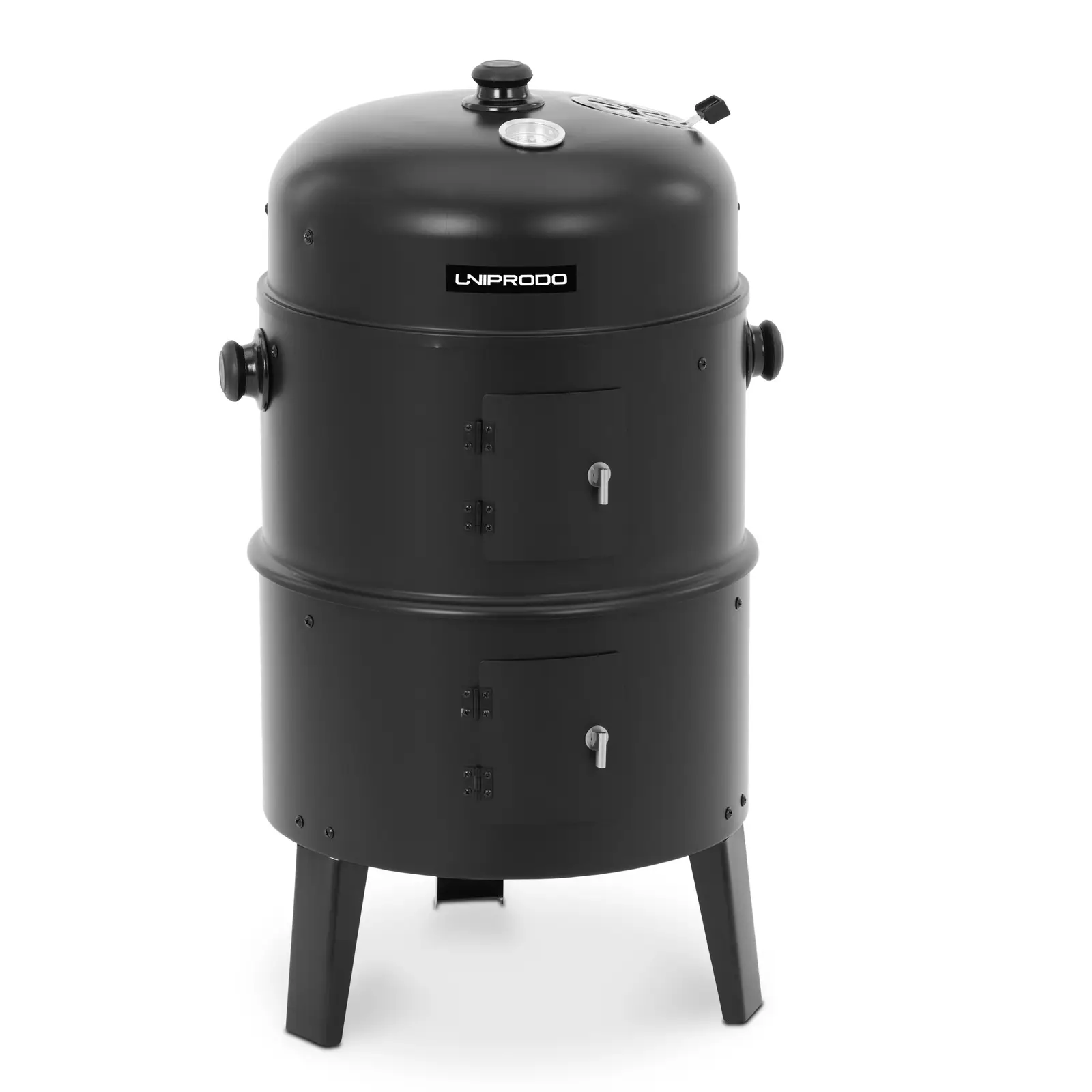

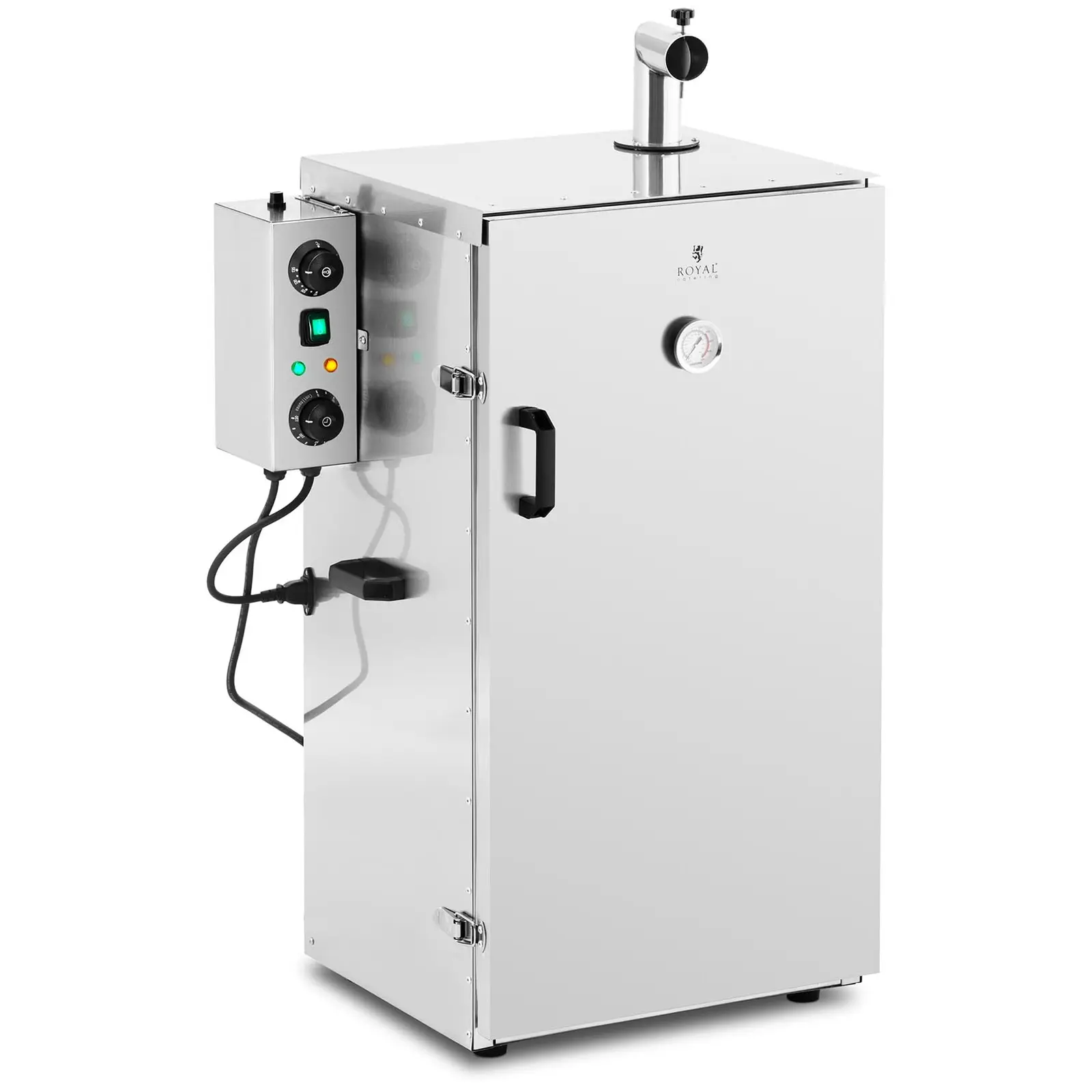
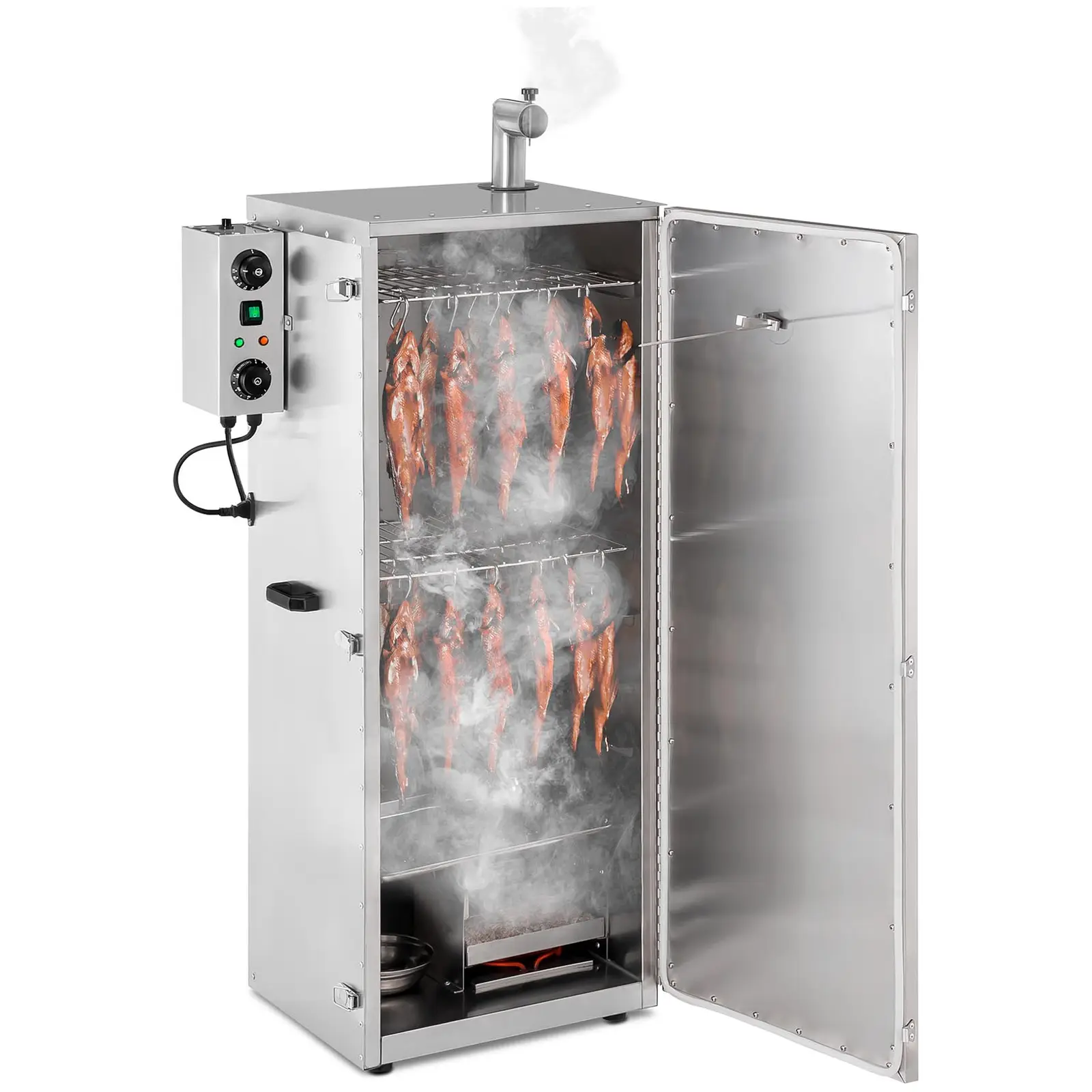



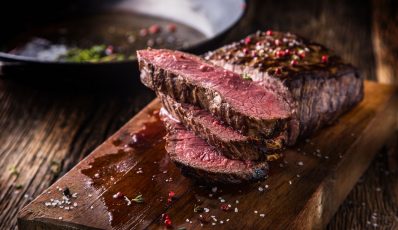


Share